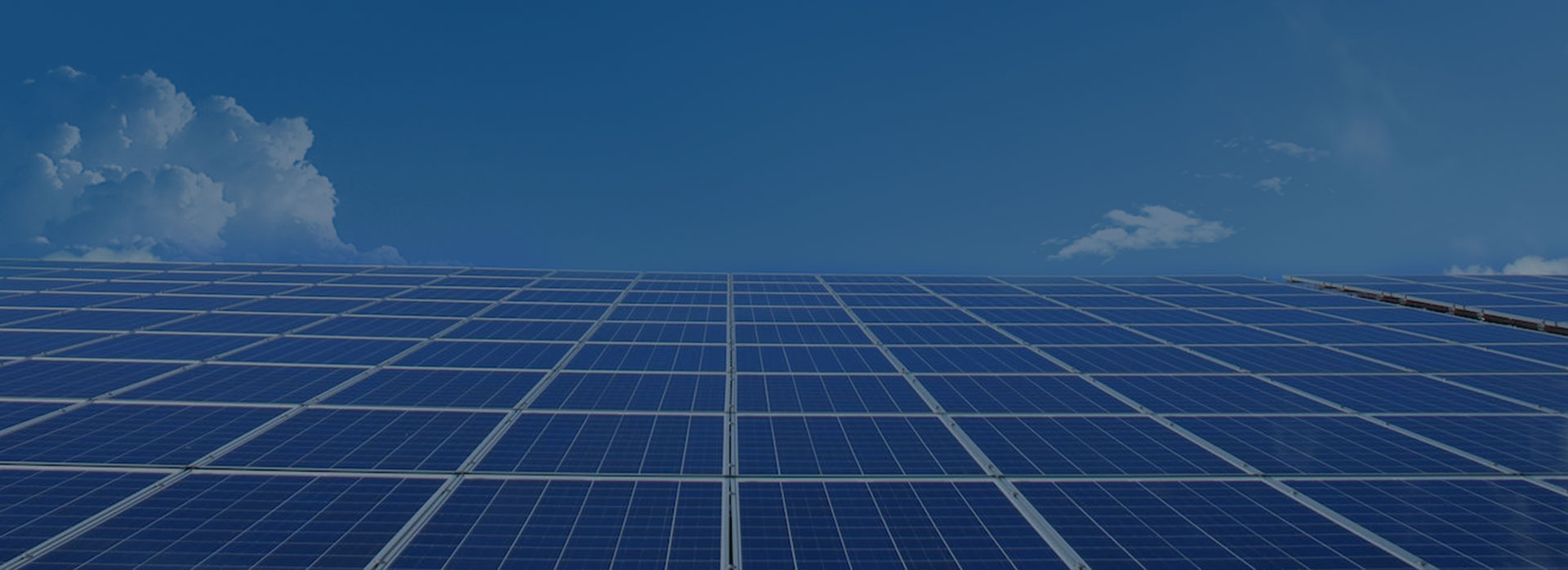Presently, the growing emphasis on environmental preservation and the diminishing availability of natural resources have prompted a shift in electric power generation towards renewable energy sources. The global consensus and trend now lean towards green and low-carbon development. Within the realm of new energy generation, various forms, including wind energy, photovoltaics, and hydropower, play integral roles. Among these, photovoltaic power conversion is experiencing rapid growth as an emerging and dynamic field. The expedited integration of photovoltaic grid-connected power generation holds significant practical implications for the power industry, natural resources, and the environment.
The efficiency of photovoltaic power generation plays a pivotal role in its overall performance, impacting the stability and security of the power system. Enhancing efficiency is a multifaceted challenge that extends beyond material science research and innovation. Improving battery structure and materials, minimizing internal resistance, and implementing regular maintenance are essential steps. External cleanliness is equally crucial, as keeping photovoltaic panels free of debris reduces reflection and absorption losses, contributing significantly to efficiency improvement. Exploring new power generation models like photoagriculture complementarity and fishing and solar complementarity further broadens the scope of comprehensive land utilization for enhanced power generation.

Photoagriculture complementarity
The modules of PV power plants contribute to cooling and moisturizing the ground, aiding in the reduction of water evaporation and providing a favorable environment for cultivating crops beneath the panels. Concurrently, the presence of crops helps combat land desertification, mitigates the impact of wind and sand on the PV power plant. This mode of power generation serves multiple purposes, including water conservation, soil erosion control, environmental temperature regulation, and prevention of natural disasters. It fosters a virtuous cycle within the ecosystem, promoting a more rational utilization of limited land resources. Simultaneously, it achieves economic and social benefits.

fishing and solar complementary
This approach minimizes the impact of light on fisheries. The partial shading of sunlight by photovoltaic power plants serves as a preventive measure against extensive algae outbreaks in fishing grounds, creating a conducive incubation environment for freshwater organisms. During hot summers, the strategic blocking of sunlight towards the water surface by photovoltaic power plants helps lower water temperature and reduces significant evaporation losses. This aids in preventing aquaculture diseases and contributes to regulating the metabolic capacity of fish. Innovations like agricultural solar complementation and fishing solar complementation offer partial control over influencing factors, such as ambient temperature and air humidity, impacting photovoltaic power generation efficiency. These models aim to enhance efficiency, ensuring consistent and improved performance.
Factors affecting photovoltaic power generation:
Occlusion loss: Centralized photovoltaic power plants are typically situated in suburban areas characterized by dense trees and abundant vegetation. Consequently, nearby elements such as vegetation, fallen leaves, and more can obstruct and cast shadows on the photovoltaic panels. Harsh weather conditions, including strong winds and snow, can lead to the accumulation of floating dust, forming barriers on the photovoltaic power station. Testing surfaces covered with ash deposits showed a 17% reduction in photovoltaic power generation efficiency, increasing to a significant 40% decrease in efficiency with severe ash deposition. Additionally, in different seasons, photovoltaic power plants located along migratory bird routes may experience bird droppings, resulting in potential blockages. When blockages occur, the temperature rise in the obstructed part of the photovoltaic power station surpasses that of the exposed part, creating a hot spot fault. This condition affects the local heat transfer of the module, leading to reduced efficiency in centralized photovoltaic power generation. In severe cases, it may impact the service life of photovoltaic modules.

Slope effect: The inclination angle of a photovoltaic power station significantly affects its power generation efficiency. In mountainous areas with plateaus, the slope of the mountainside impacts the efficiency of centralized photovoltaic power generation. Excessively steep slopes hinder the installation of photovoltaic power stations, leading to suboptimal slope angles. Experimental results indicate that the tilt angle's influence on the power generation of photovoltaic modules is approximately 12% within the proximity of geographical latitude. Adjusting the tilt angle appropriately yields substantial benefits for the efficiency of centralized photovoltaic power generation.

Temperature and humidity impact: In instances where the surrounding temperature at the solar power station is excessively elevated, the efficiency of photovoltaic power generation tends to decline. Experiments indicate that for every 1℃ rise in the temperature of monocrystalline silicon cells, the efficiency of photovoltaic power generation experiences a decrease of 0.36%. Elevated atmospheric humidity levels can lead to increased reflection and scattering of solar radiation by the air. This, in turn, diminishes the amount of solar radiation that the photovoltaic power stations can capture, resulting in decreased power generation efficiency and impacting overall power output.
In summary, prioritize unused land, barren soil, and slopes for photovoltaic power station sites, avoiding densely vegetated areas. Routine cleaning is crucial to remove debris and counter the impact of dust on plant performance. Schedule cleaning during moderate temperatures to prevent harm to high-temperature photovoltaic plants. Avoid artificial shadows causing hot spot effects by carefully planning cleaning times.










